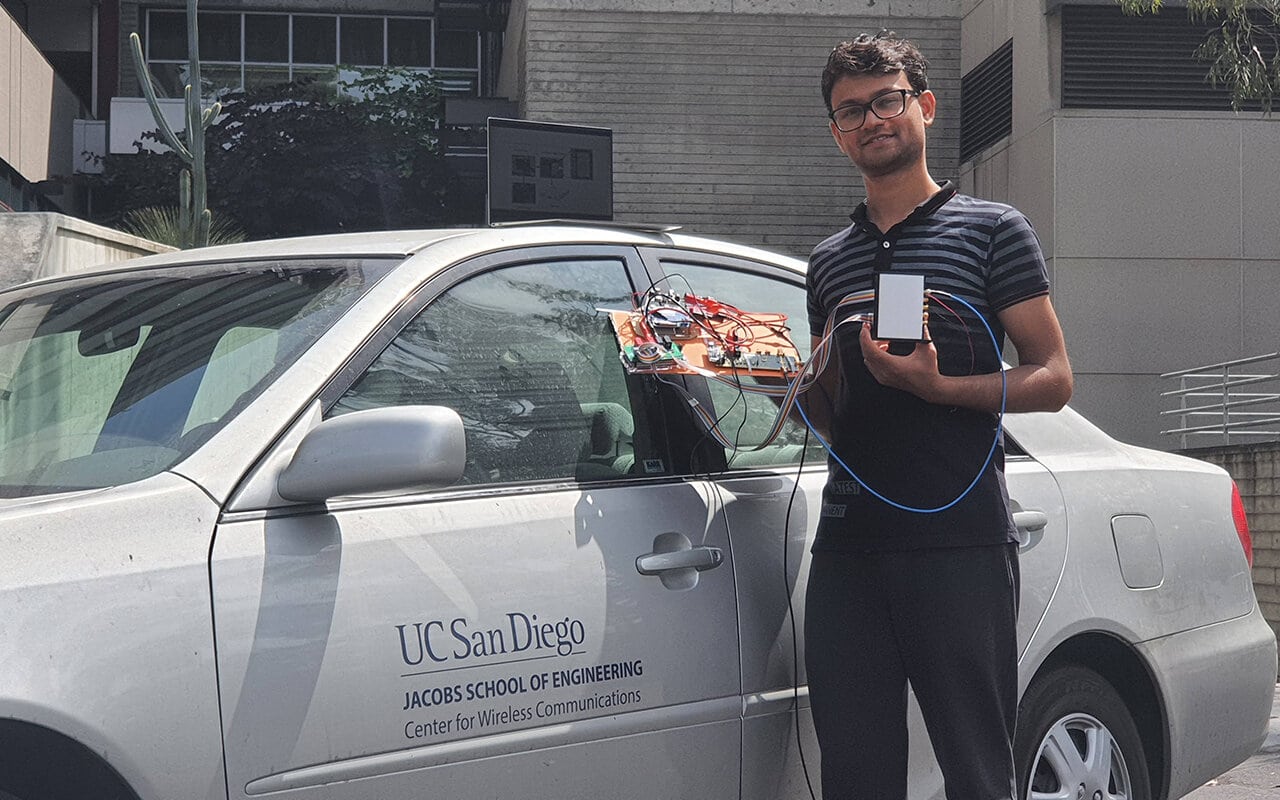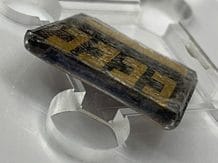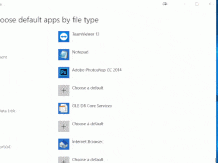Engineers from University of California San Diego decided to develop a technology that could ultimately accelerate the implementation of the 5G network and make us use it more often than before. It all crashes into the 5G stability problem that needs to be eliminated and which comes down to the millimeter waves themselves they are based on.
Not one, but two beams for reliability. Engineers are solving the problem of 5G stability
It is widely known that redundancy is the key to maintaining reliable and constant access to all types of media. The problem is that current 5G systems are based only on one beam of waves between the receiver (phone) and the antennas. This in turn means that if something is between them, the signal will be completely wasted. Solution? Increase the number of beams and provide redundancy to the process.
Also read: How 5G helped the Phoenix Suns win the NBA runner-up?
This is what the engineers did by splitting one traditional beam into many others, which they began sending from the base station to the receiver along a different path that uses reflectors to reflect them, a surface like glass, metal, and concrete. Thanks to this, they increase the chances that at least one beam will reach the receiver when an obstacle appears on the road, all using current protocols and equipment for 5G.
Tests showed that the system based on this approach provided a high-speed connection (up to 800 Mb / s) at a distance of up to 80 meters, with 100% reliability when the user was moving around obstacles. The operation of this system, which, at least on paper, can accelerate the implementation of the 5G network, is based on a new set of algorithms that are constantly improving. As a result, these create a strong signal with high quality and high bandwidth.
Also read: New Nokia G50 pre-premiere and unofficial. This is the Nokia G50 5G
An important part of this system is also one of the algorithms that maintains the connection when the user is moving and when another user gets in the way of the signal itself. Then the algorithm solves this problem by constantly tracking user traffic and aligning all parameters. Now the team is working on scaling the system so that it can include multiple users at the same time.















